Top 5 Most Beautiful Historical Sites in Paraguay
Many travellers bypass the landlocked country of Paraguay for its larger and most famous neighbours of Brazil and Argentina, but to overlook Paraguay is to ... read more...miss out on the country's cultural and historical charms. Internationally, little is known about Paraguayan history, but its beautiful historical sites represent everything from its days as a Spanish colony to the 20th-century structures that represent the country's march towards modernization. The most beautiful historical sites in Paraguay are easily accessible while other require traversing into the country's rugged landscape, but all are a worthy adventure.
-
Cerro Cora National Park is located in the Amambay Department and is one of the most beautiful historical sites in Paraguay. Cerro Cora National Park has 12.038 hectares in size. Aside from the stunning scenery, this Paraguayan national park is known for the ancient rock art that can be found in the caves. These paintings were created between 1300-800 BC. The park's infrastructure is quite decent. To go to Cerro Cora, you must first travel to Pedro Juan Caballero and then travel 45 kilometers south to the park's northern entrance. Then follow Route III until you reach Road 5, which passes through the national park. It has well-marked trails that are usually well-kept. It has a visitor center and an auditorium.
You might want to check with the park personnel in your area for any pertinent information about the park at your specific time of year. On March 1, 1870, the Battle of Cerro Cora took place in the eastern sections of Cerro Cora National Park between the Brazilian Imperial Army and the Paraguayan Army, ending in a resounding victory for the Brazilian Empire. During combat, Paraguayan leader Marshal Francisco Solano Lopez and his 17-year-old son, Colonel Juan Francisco Panchito Lopez, were murdered. The Paraguayan War had come to an end. The majority of the battle took place along the banks of the Aquidaban River, where Paraguayan troops, together with their children, spouses, and other civilians, had surrendered. There are various cemeteries, busts, and other memorials dedicated to the soldier today. Today, there are several burials, busts, and other markings dedicated to the fallen officers listed below.
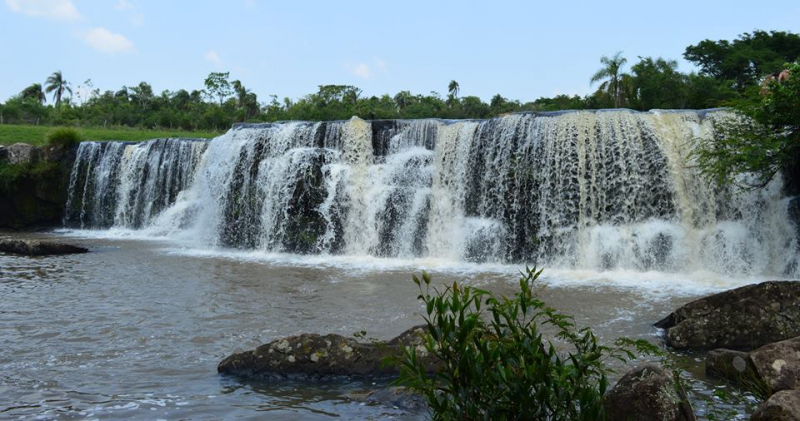
VisitParaguay.net 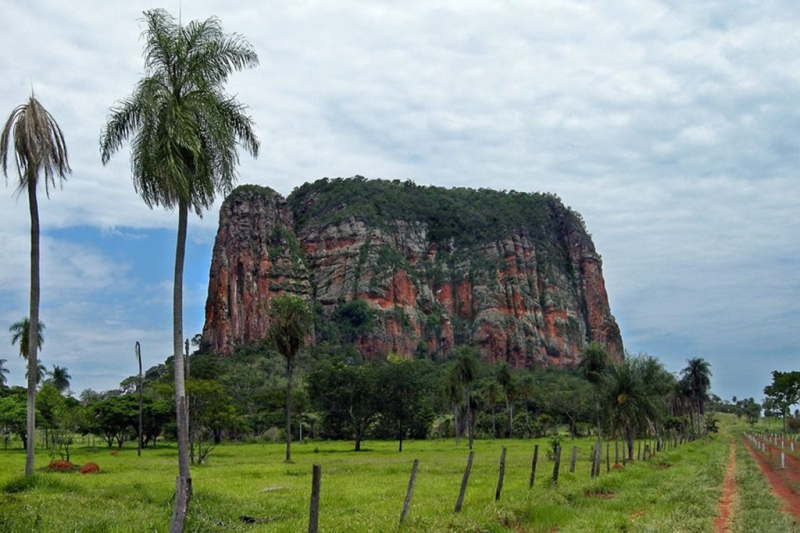
VisitParaguay.net -
The Jesuits founded 30 missions in what is now Paraguay, Brazil, and Argentina in the 17th and 18th centuries. La Santisima Trinidad de Paraná was one of them. It was founded in 1706 and completed in 1712. These missions were established to convert the indigenous Guaran people to Christianity and to protect Spanish commercial interests in the region. In 1993, the UNESCO World Heritage List listed La Santisima Trinidad del Paraná, which is now an archaeological ruin. A plaza, main church and little church, belfry, college and cloister, houses, gardens, and workshops are all part of the well-preserved complex.
Despite its importance and acclaim, the mission was plagued by structural issues and was on the verge of collapsing. In 2004, La Santisima Trinidad was added to the World Monuments Watch list. With the help of American Express, WMF contributed to the preparation of a site management plan and provided conservation training linked to operations at the site. WMF's work in the region allowed the Guarani missions to be examined as a whole, and a full handbook was produced, allowing conservators to teach and advise other Guarani missions in Argentina, Brazil, and Paraguay.
The architecture, lifestyle, and culture of the areas in South America where the Jesuits lived were all revolutionized. The most ambitious of their towns is La Santisima Trinidad del Paraná, which was the last to be erected. It was built by the renowned Jesuit architect Jean Bautista Primoli and is in a better state than many others in the area.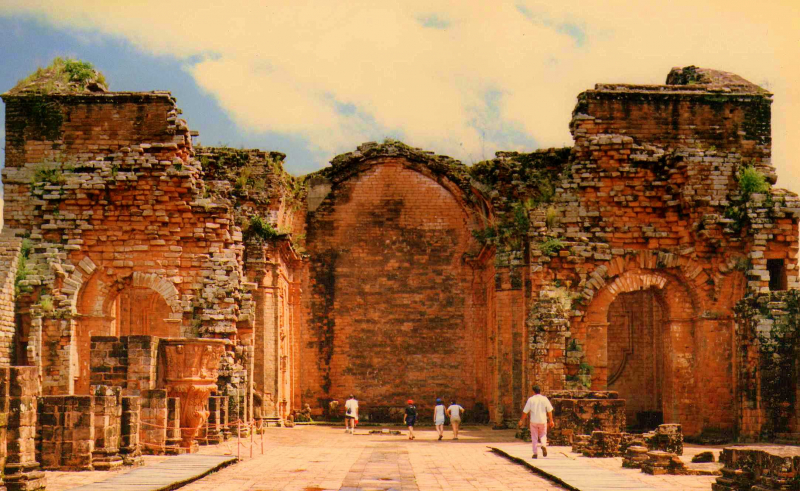
Wikicommons 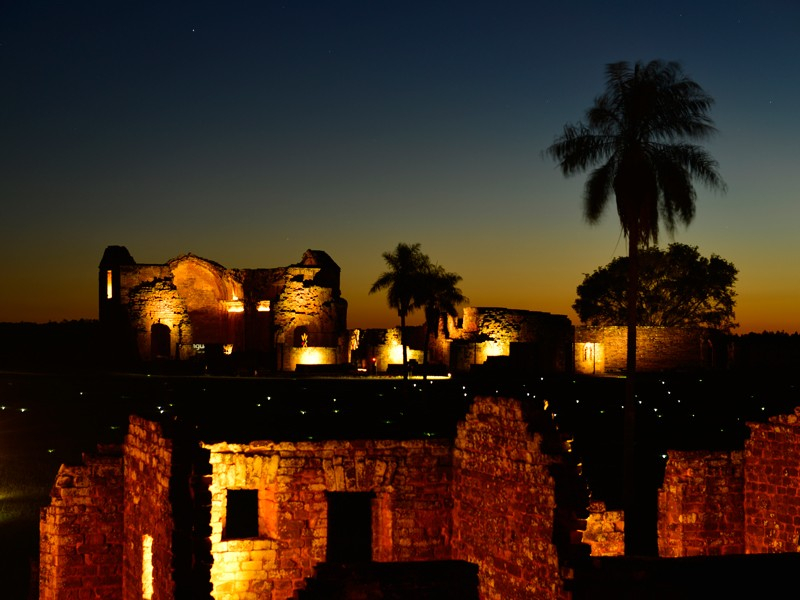
PARAGUAY -
The Casa de la Independencia's simple form and construction do not honor the historical significance it holds in Paraguay. Antonio Martnez Sáenz bought the house in 1772 and fortified the mud walls and thatched roof with bamboo and palm wood, a common building technique still employed in many rural areas of the region. The house's only function at the time was to provide a home for Sáenz and his wife, Petrona Caballero de Bazán, to raise their children.
Pedro Pablo and Sebastián Antonio, their children, were the ones who put this house at the heart of a political process that would change Paraguay's history. After inheriting the mansion, the two brothers began holding covert meetings with various figures who were involved in the country's political turmoil. Captain Pedro Juan Caballero, Captain Juan Bautista Rivarola, Lieutenant Mariano Recalte, and Fulgencio Yegros, all known Paraguayan patriots, were among those who attended the clandestine meetings at the Casa de la Independencia. Their efforts resulted in the establishment of the Republic of Paraguay in 1813 and the declaration of independence in 1842.The Casa de la Independencia Museum now occupies the space. Furniture, artwork, firearms, and everyday goods from the 1800s are on display. The office, which is one of the museum's chambers, houses original Revolutionary War documents signed by patriots. The structure itself is one of the cities of Asunción's few remaining remnants of colonial architecture. The Casa de la Independencia is located at the crossroads of 14 de Mayo and Presidente Franco streets. Monday through Friday, and Saturday mornings, the museum is open.
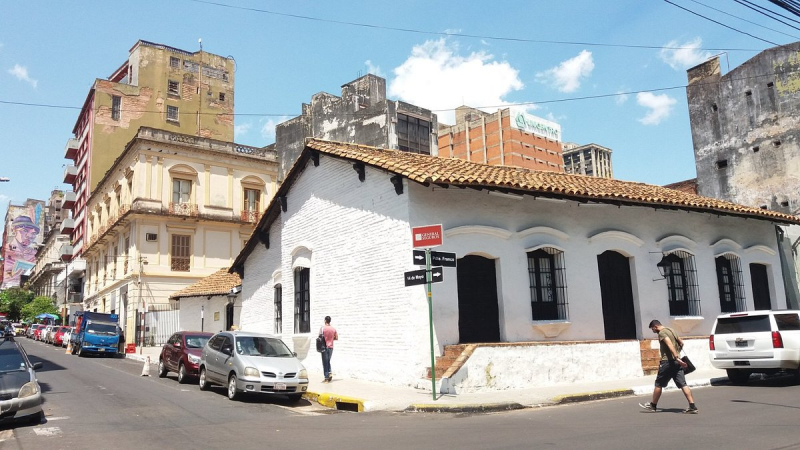
Tripadvisor 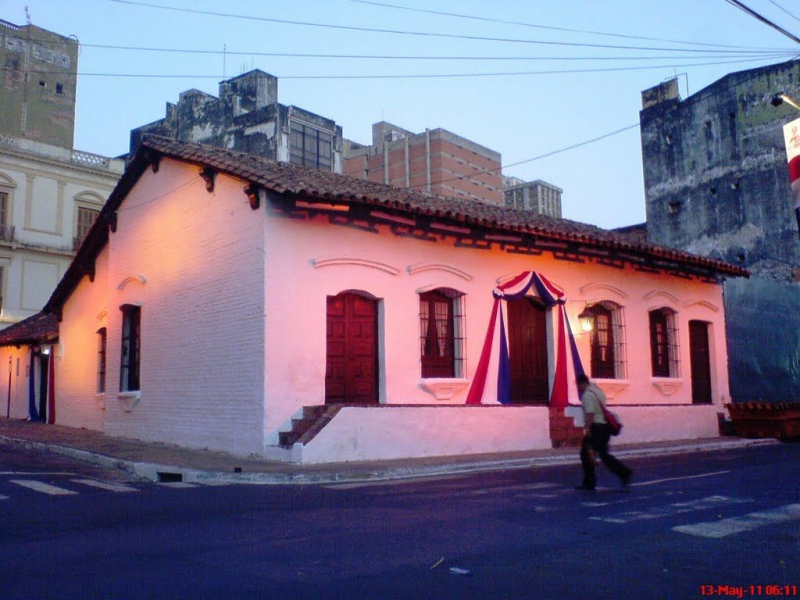
Bienvenido a Paraguya.COM -
The Palacio de Los López is a palace and the official residence of the President of Paraguay, located in Asunción, Paraguay's capital city. It is one of the most beautiful historical sites in Paraguay. In addition, the Palacio de Los López is the official seat of the national government and one of Asunción's cultural assets. It is in excellent condition today since it serves as the nation's administrative center, and the beautiful lighting at night makes it well worth a visit to this little South American country's capital.
General Francisco Solano López gave his name to the Palace, which is located in the heart of the capital city, overlooking the Bay of Asunción. He is the son of Carlos Antonio López, Paraguay's president from 1841 to 1862, who ordered the palace to be erected as a dwelling for his son. Alonso Taylor, an English architect whose work began in 1857, is the architect in charge of the building. All of the materials used to construct the Palace are from Paraguay: stones from the quarries of Emboscada and Altos, woods and overages from Eembuc and Yaguarón, Tacumb bricks, molten iron pieces from Ybycu, and so on.
The Palace is in the shape of a letter U, with two floors and a four-story tower on which the Republic's flag is displayed. There is distinctive ornamentation throughout the structure, as well as a little garden in front of the entrance, which welcomes international delegations who come to see this magnificent architectural marvel. Despite the fact that several European painters traveled to Paraguay to work on the building's décor, the López Palace was nearly completed in 1867. That was the year the War of the Triple Alliance broke out, and the Brazilian-Argentinean alliance bombed and looted the palace.
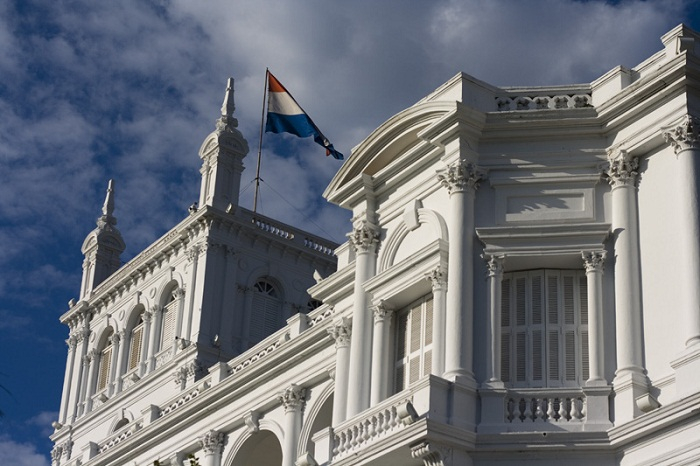
alluringworld.com 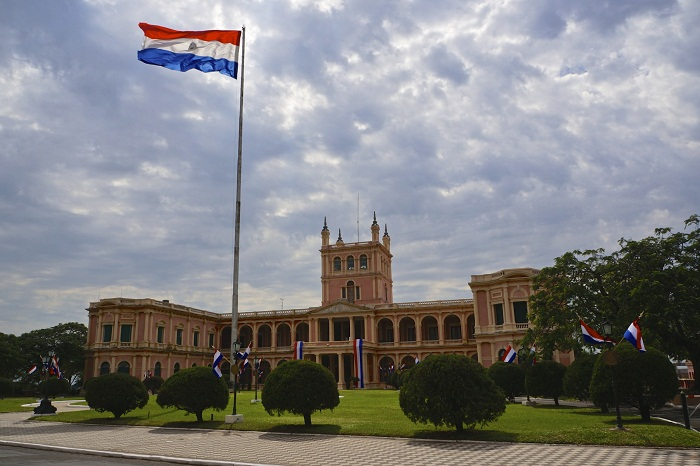
alluringworld.com -
Ybycuí National Park, in the Paraguayan Atlantic Forest ecoregion, is a fusion of mountain ranges with rich crystalline streams and magnificent waterfalls, located about two and a half hours from Asuncion. A vista and the Guaran and Escondido waterfalls with cascades 10-12 meters high are accessible through trails. Both waterfalls are surrounded by thick flora and cascade over rocks covered in ferns, lichens, and other plant species. s.
Within the park stands La Rosada, one of the first, if not the first, iron foundries in South America. La Rosada, built in the late 1850s, was an important part of Carlos Antonio Lopez's big strategic plan for Paraguay's development and industrialization. All of the raw materials for the building and daily functioning of La Rosada came from the forests of what is now the Ybycui National Park. During the Triple Alliance War, much of the foundry was destroyed.
La Rosada has been partially repaired, and the former workers' quarters have been converted into a museum, which houses an interesting collection of the foundry's products. The park's entrance fee is around 1 EURO, and it is open every day from 8:00 AM to 5:00 PM.
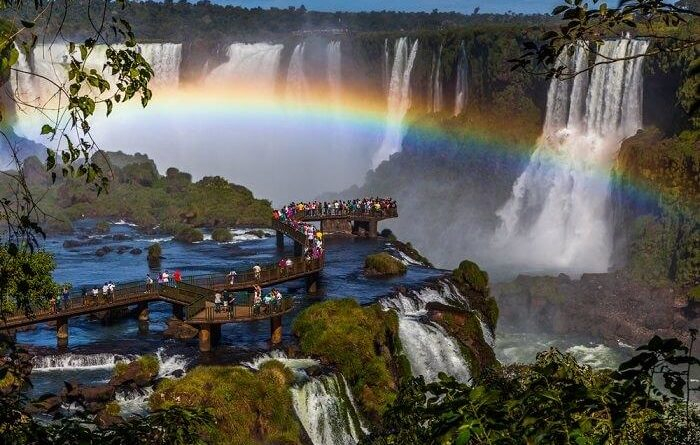
Pinterest 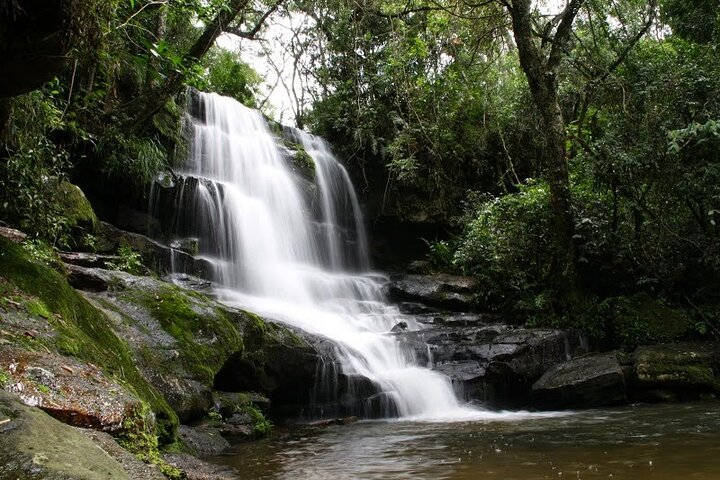
TravelDaily


























